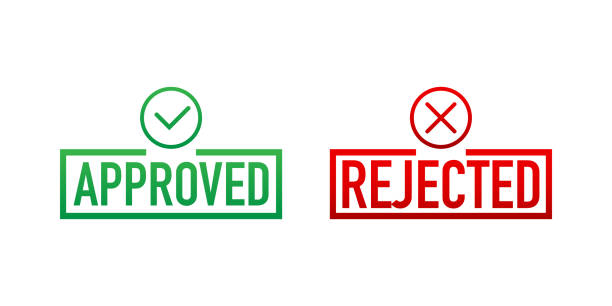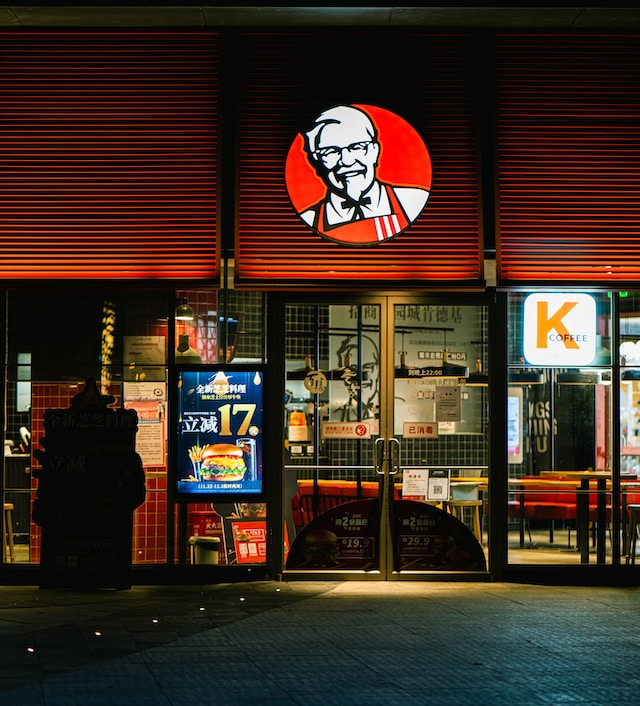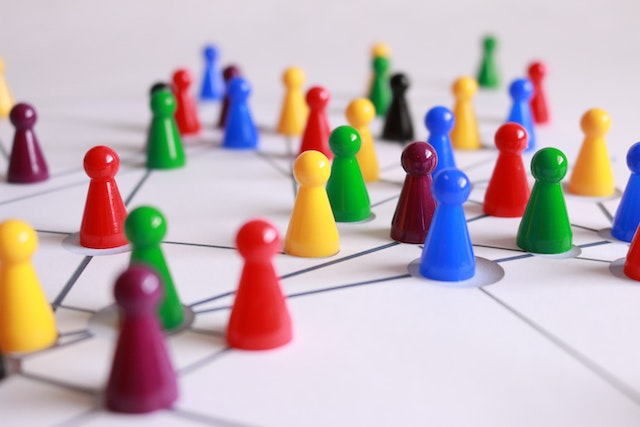Color psychology explores the impact of different colors on human emotions, behavior, and perception. Hue colors have the power to evoke specific feelings and associations, often on a subconscious level.
What is Color Psychology?
Color psychology is a field of study that examines how different colors affect human emotions, behavior, and mental processes. It explores the psychological and emotional responses people have to various colors, as well as the symbolic meanings and cultural associations attached to them.

Color psychology suggests that colors can influence mood, perception, optimism and even physiological reactions. It also depends on color preference from one individual to another. For example, warm colors like red and orange are often associated with energy, excitement, and passion, while cool colors like blue and green are linked to calmness, relaxation, and tranquility.
While color psychology provides insights into the general effects of colors, individual color preferences can be highly subjective and influenced by a variety of factors. Factors such as age, gender, cultural background, and personal experiences can influence color preferences.While color psychology provides general associations and effects of colors on human emotions and behavior, it is essential to acknowledge that color preference is not universal
Is there a Color Therapy in Color Psychology?
Yes, color therapy, also known as chromotherapy or color healing, is a form of alternative therapy that utilizes the psychological and physiological effects of colors to promote health and well-being. Color therapy is based on the belief that different colors have specific vibrations or energies that can affect the body, mind, and spirit.
Practitioners of color therapy use various methods to incorporate colors into healing practices. This can include exposure to specific colors through colored lights, wearing certain colored clothing or accessories, visualizing or meditating on specific colors, or using colored gemstones or crystals.
Advocates of color therapy believe that each color corresponds to specific physical and emotional aspects of an individual and that balancing and harmonizing these colors can promote healing and restore equilibrium. For example, they may associate blue color with calming and soothing effects, or yellow with energy and mental stimulation.
While color therapy has been used for centuries in different cultures, it is important to note that scientific evidence supporting its effectiveness is limited. The psychological effects of color are widely recognized, but the specific therapeutic benefits of color therapy are still a subject of ongoing research and debate.
If considering color therapy, it is recommended to approach it as a complementary or integrative practice alongside conventional medical care, and to consult with a qualified and experienced practitioner.
Color theory is a complex topic that explores the emotions and psychological connotations between colors and human behavior. Color psychology is an extension of color theory that studies how different colors affect our moods, reactions, and desires. While some of these meanings are universal, others may depend on cultural or individual associations. Understanding color psychology can help in making informed decisions when it comes to marketing and branding strategies.
What is the Impact of Color Psychology ?
Color psychology has a significant impact on various aspects of human perception, behavior, and experiences. Here are some key impacts of color psychology:
Emotional Response
Colors can evoke specific emotions and moods. Warm colors like red and orange can generate excitement and passion, while cool colors like blue and green can promote calmness and relaxation. Understanding the emotional impact of colors can help create desired atmospheres and elicit specific responses from individuals.
Branding and Marketing
Color plays a crucial role in branding and marketing strategies. Brands use colors strategically to convey their desired personality traits, create brand recognition, and influence consumer perceptions. Color choices can impact consumer preferences, purchase decisions, and overall brand experiences.
Visual Communication
Colors enhance visual communication and aid in conveying messages effectively. They can help emphasize important elements, create visual hierarchy, and enhance readability. Colors are widely used in graphic design, advertising, and visual media to grab attention and convey meaning.
Environmental Influence
The colors used in interior design and architectural spaces can greatly impact the mood and perception of those environments. Colors can make spaces appear larger or smaller, influence the flow of movement, and affect occupants’ comfort and well-being.
Cultural and Symbolic Meanings
Colors have cultural and symbolic meanings attached to them. Different cultures associate colors with specific values, traditions, and beliefs. Understanding these cultural nuances is crucial when communicating across diverse audiences and regions.
Personal Expression
Color choices in personal fashion, home decor, and artistic endeavors allow individuals to express their personality, mood, and style. Colors can be used as a means of self-expression and can influence how individuals are perceived by others.
It is important to note that while color psychology provides insights into general associations and effects, individual experiences, personal preferences, and cultural variations can influence how colors are perceived and experienced by individuals.
What is the role of color psychology in branding?
Color psychology plays a significant role in branding as it helps create a strong and memorable brand identity, influences consumer perceptions, and communicates the desired brand personality. Here are a few ways color psychology is relevant in branding:
Brand Personality
Colors can convey certain traits and emotions that align with the brand’s personality. For example, a youthful and energetic brand may use vibrant and bold colors like red or orange, while a luxury brand may opt for sophisticated and elegant colors like black or gold.
Brand Differentiation
Colors can help a brand stand out from its competitors. By using unique or unexpected color combinations, a brand can create a distinctive and memorable visual identity that sets it apart in the market.

Emotional Connections
Colors have the power to evoke specific emotions and associations. By strategically using colors that resonate with the target audience’s desires and aspirations, a brand can create emotional connections and positive associations with its products or services.
Brand Consistency
Consistent use of colors across different brand touchpoints, such as logos, packaging, websites, and advertising materials, helps build brand recognition and strengthen brand recall. This consistency reinforces the brand’s identity and ensures a cohesive visual experience for consumers.
Cultural Relevance
Colors can have different meanings and associations across cultures. Brands need to consider cultural sensitivities and preferences when selecting colors for their branding efforts to ensure they resonate positively with their target audience.
While color psychology provides insights and guidelines, it is important to note that individual experiences, personal preferences, and cultural factors also influence color perception. Color preference also depends on the industry they are branding for. Therefore, thorough research and understanding of the target audience are crucial when leveraging color psychology in branding strategies. We need to choose the right color for the right target audience.
Use of Color Psychology in Industries
Color psychology is widely used in various industries to influence consumer behavior, create brand identity, and enhance overall experiences. Here are some examples of how color psychology is applied in different sectors:
Retail and E-commerce
Colors play a crucial role in influencing purchasing decisions in retail and e-commerce. Retailers strategically use colors to create eye-catching displays, highlight sale items, or create a sense of luxury or affordability. Online retailers carefully select colors for their websites and product images to evoke trust and encourage conversions.
Interior Design and Hospitality
In the hospitality industry, color choices in hotels, restaurants, and resorts significantly impact the overall experience of guests. Calming colors like blues and greens are often used in spas and hotels to create a relaxing ambiance, while vibrant colors may be utilized in entertainment venues to stimulate excitement and energy.
Healthcare and Wellness
Colors have been shown to have an impact on patients’ well-being and healing process. In healthcare settings, soothing colors like blues and greens are often used to create a calming and comforting environment. Additionally, wellness and mindfulness practices often incorporate specific colors to promote relaxation or energy.

Education and Learning
Colors are employed in educational settings to enhance focus, creativity, and memory retention. For example, the color orange is believed to stimulate mental activity, while blue and green can aid concentration and create a sense of calmness in learning environments.
Technology and User Interface Design
Colors are utilized in user interface design to enhance usability and user experience. For example, the color green is often used to signify success or approval in software interfaces, while red can indicate errors or warnings.

These examples demonstrate the diverse applications of color psychology in influencing consumer behavior, establishing brand identities, and shaping various industries’ overall experiences and environments.
Use of Color Psychology in Marketing and Advertisements
Color psychology plays a crucial role in marketing and advertisements by leveraging the power of colors to influence consumer perceptions, emotions, and behavior. Here are the key uses of color psychology in marketing and advertisements:
Brand Recognition and Identity
Colors are used to create a distinctive brand identity that consumers can easily recognize and associate with a particular company or product. Consistent use of specific colors in logos, packaging, and advertisements helps build brand recognition and establishes a strong visual identity.
Conveying Brand Personality and Values
Different colors have specific connotations and are associated with particular emotions or qualities. Marketers carefully select colors that align with their brand personality and values. For example, a brand aiming for a youthful and energetic image may use vibrant and lively colors like red or orange, while a brand focusing on a calm and soothing image might opt for blues or greens.
Evoking Emotions and Creating Associations
Colors have the power to evoke emotions and create subconscious associations. Warm colors like red, orange, and yellow can evoke feelings of excitement, enthusiasm, or urgency, while cool colors like blue and green can create a sense of calmness, trust, and relaxation. Marketers strategically use colors to elicit specific emotional responses and connect those emotions with their brand or product.
Influencing Buying Decisions
Colors can influence consumer buying decisions. Marketers use color schemes to create visual appeal and attract attention to their products or advertisements. For example, a well-designed color scheme can highlight product features, create a sense of exclusivity, or enhance the perceived value of a product.
Cultural Relevance and Context
Colors carry cultural connotations and meanings that vary across different regions and cultures. Marketers need to consider cultural relevance and context to ensure that the chosen colors resonate positively with the target audience. Understanding cultural associations and preferences allows marketers to tailor their color choices accordingly.
Visual Hierarchy and Readability
Colors are used to establish visual hierarchy and guide the viewer’s attention. By strategically using contrasting colors or bold color accents, marketers can draw attention to important elements such as headlines, call-to-action buttons, or key product features. Additionally, selecting appropriate color combinations ensures readability and enhances the overall visual appeal of advertisements.

In summary, color psychology is an integral part of marketing and advertisements as it helps in creating brand recognition, conveying brand personality, evoking emotions, influencing buying decisions, considering cultural relevance, and establishing visual hierarchy. By understanding the connotations and effects of colors, marketers can effectively utilize color schemes to enhance brand communication and drive consumer engagement.
Example of Color Psychology
An example of color psychology can be seen in the fast-food industry. Many popular fast-food chains, such as McDonald’s, Burger King, and KFC, incorporate the color red and yellow in their branding and restaurant designs. This choice is not arbitrary but based on the psychological effects associated with these colors.

Red is known to stimulate appetite, evoke feelings of excitement, and create a sense of urgency. It can encourage customers to make quick decisions and increase their desire for the food being offered. The use of red in fast-food logos and interior design aims to create a vibrant and energetic atmosphere that appeals to a fast-paced, on-the-go dining experience.
Color yellow, on the other hand, is associated with happiness, positivity, and optimism. It can evoke a sense of warmth and friendliness. Yellow is often used alongside red to enhance the energetic and inviting ambiance of fast-food restaurants.
The color green is often associated with freshness and rejuvenation. It is commonly used in branding for organic or natural products to convey a sense of vitality and health.

The color blue is known for its calming and tranquil effects. It is often used in branding for relaxation and wellness-related products or services.
The color purple is often associated with luxury, creativity, and spirituality. It is used in branding to convey a sense of elegance and uniqueness.
By understanding the psychological effects of red and yellow, fast-food chains strategically leverage these colors in their branding to stimulate appetite, create a sense of urgency, and foster a positive and enjoyable dining experience for their customers.
Conclusion
In conclusion, the psychology of color explores the impact that different colors have on human emotions, behavior, and perception. Each color carries its own set of psychological associations and effects, which can vary based on cultural, personal, and contextual factors.
Understanding the psychology of color is essential in various fields such as branding, marketing, design, and therapy. By leveraging color psychology, businesses and individuals can create desired moods, influence consumer perceptions, and enhance overall well-being.
It is important to note that individual experiences, cultural influences, and personal preferences can shape the psychological effects of color. Additionally, context, shade, and combination with other colors also play a role in how colors are perceived.
By considering the psychological impact of color, we can make informed decisions about color choices in different contexts and harness the power of color to elicit specific emotional and behavioral responses.


Leave a Reply